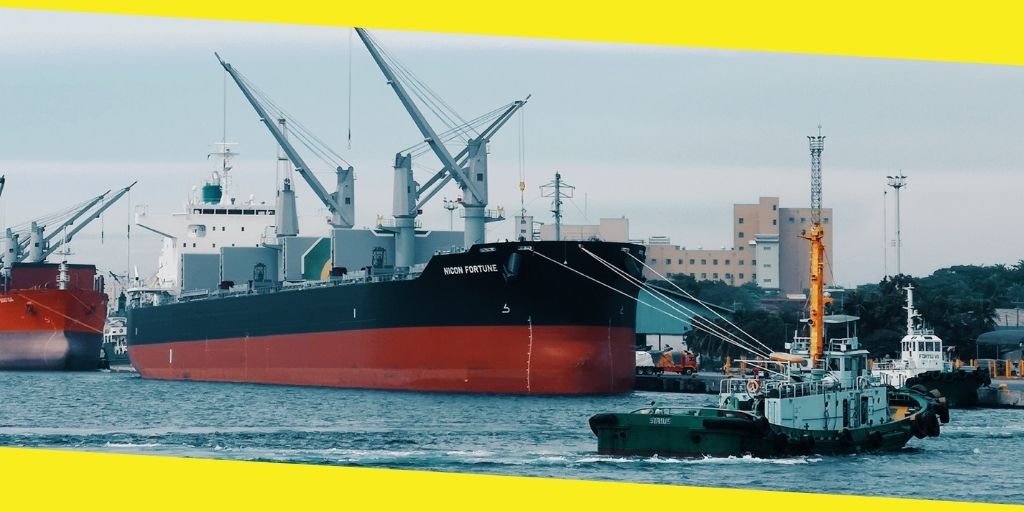Types of Marine Coatings and Their Uses

The primary material you can use to prevent corrosion on ships, tankers, and other metal-based marine vehicles is marine coating. According to regulations and requirements, you use a different type of paint based on the part of the ship. Overall, each paint type creates a layer of protection for the structural surface and prevents corrosion.
When you own a boat with a metal structure, know the right marine paint available for you to use. This is essential because protecting the vessel’s surface is your top priority.
Contents
ToggleComponents of marine paints
Marine paints have several constituents, including binders, which are also called polymer, film former, resin, medium, or vehicle. The paint also has pigment and extender, and solvent. The pigment and the binder form the film when the paint dries, while the solvent helps make the paint application smoother and easier.
The binder gives the classification and name of the paint, so you will find alkyd paints, chlorinated rubber paints, and epoxy paints.
The pigments and extenders are usually in powder form, which is mixed with the binders to produce the paint. Pigments are available in different types, like anti-corrosive, barrier, coloring, and extenders.
The solvents dissolve the binders and reduce the paint’s viscosity to make meet the specific application method.
Kinds of marine paints
First, let us classify the paints according to type. You can find pitch or bitumen, oil-based paints, oleoresinous paints, and alkyd resin paints. You can classify marine paints by their chemical-resistant properties.
Specific coatings for every part of the marine vessel
As mentioned, you use a different type of paint to protect different parts of the ship.
- For the hull. You can use hull coatings to keep the part that contacts with water frictionless and smooth and to protect the steel portions from corrosion. The preferred paint today for hulls is a zinc-rich primer with at least two layers of epoxy coating. For the part that touches the water, look for a high-quality antifouling paint that prevents the attachment and growth of marine organisms.
- For the deck. The perfect primer for the deck contains zinc, allowing the coating to stick to metal. Over the primer, you apply the epoxy coating, which provides the deck with the protective layer it needs to fight corrosive elements. After the epoxy coating dries, you apply the top coat made with polyurethane. The polyurethane paint shields the epoxy coating from UV rays. You can add glass-fiber reinforced epoxy that will shield deck parts from impact.
- For the ballast tanks. You can protect the ballast tanks with coal-tar or surface-tolerant epoxy. Applying several layers will increase the level of protection. For the superstructure, using alkyd or acrylic coatings will be effective. Adding a layer of anti-rust finish will protect the superstructure even more.
- For the storage and cargo areas. Your choice depends on the type of cargo you will transport. You can opt for phenolic epoxy or bimodal epoxy, which are both flexible. If you will carry chemical or petroleum products, protect the cargo area with epoxy mastic coating.
Problems with corrosion cause the shipping industry trillions of dollars each year. Regular maintenance and using the right type of protective paint will increase the life span of your marine vehicle.
Recommended For You
The Complete Beginner’s Guide To Sneakers
Most Inside
Most Inside offers high-quality recommendations and valuable updates to enhance all aspects of your life, providing premium guidance and enriching experiences.




